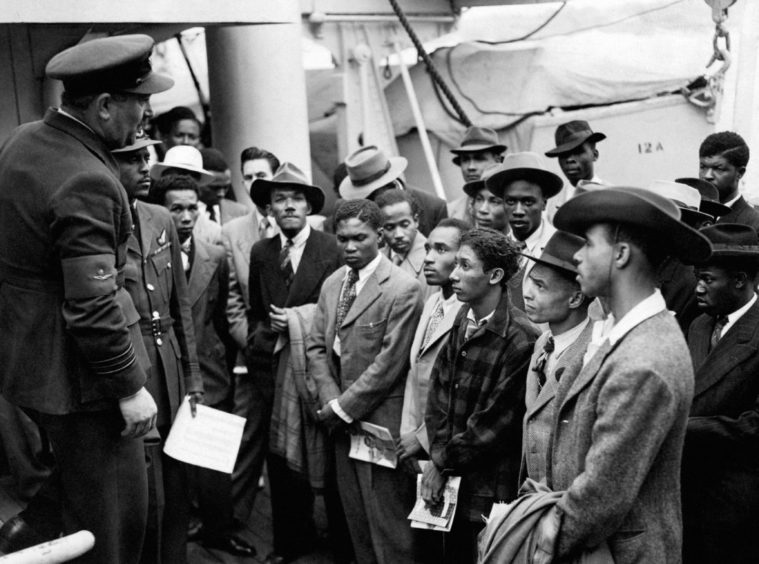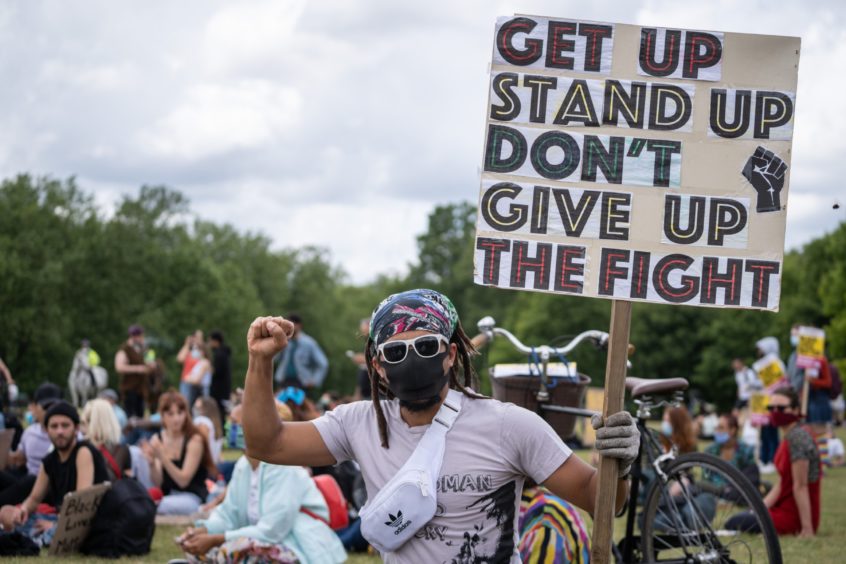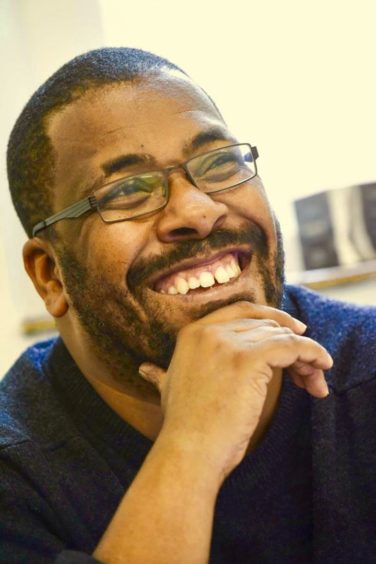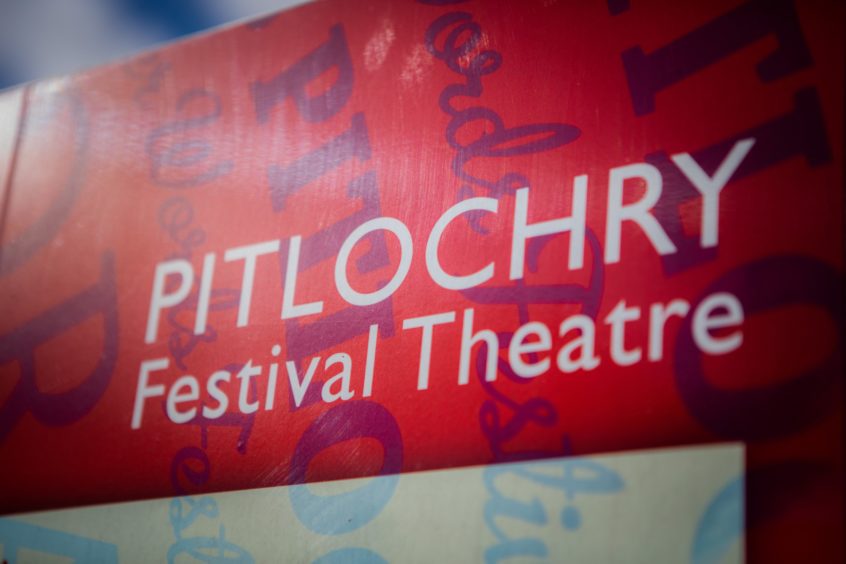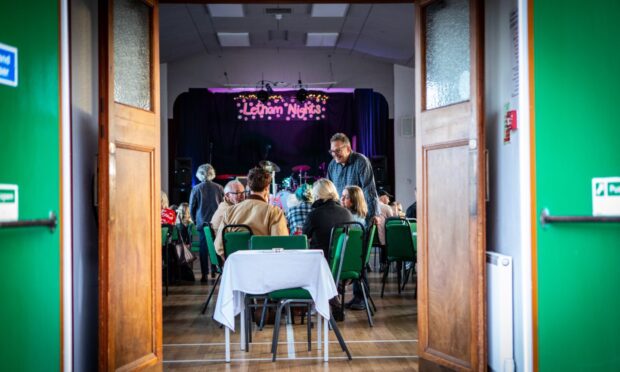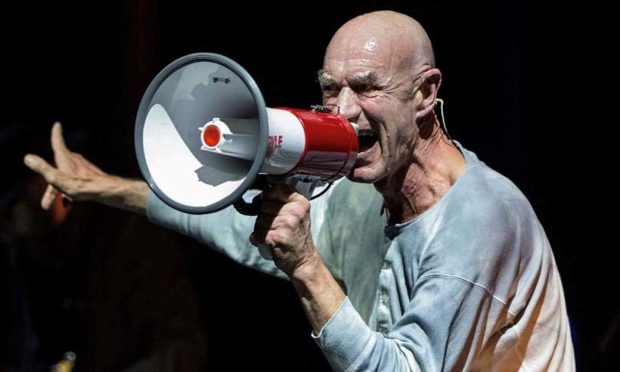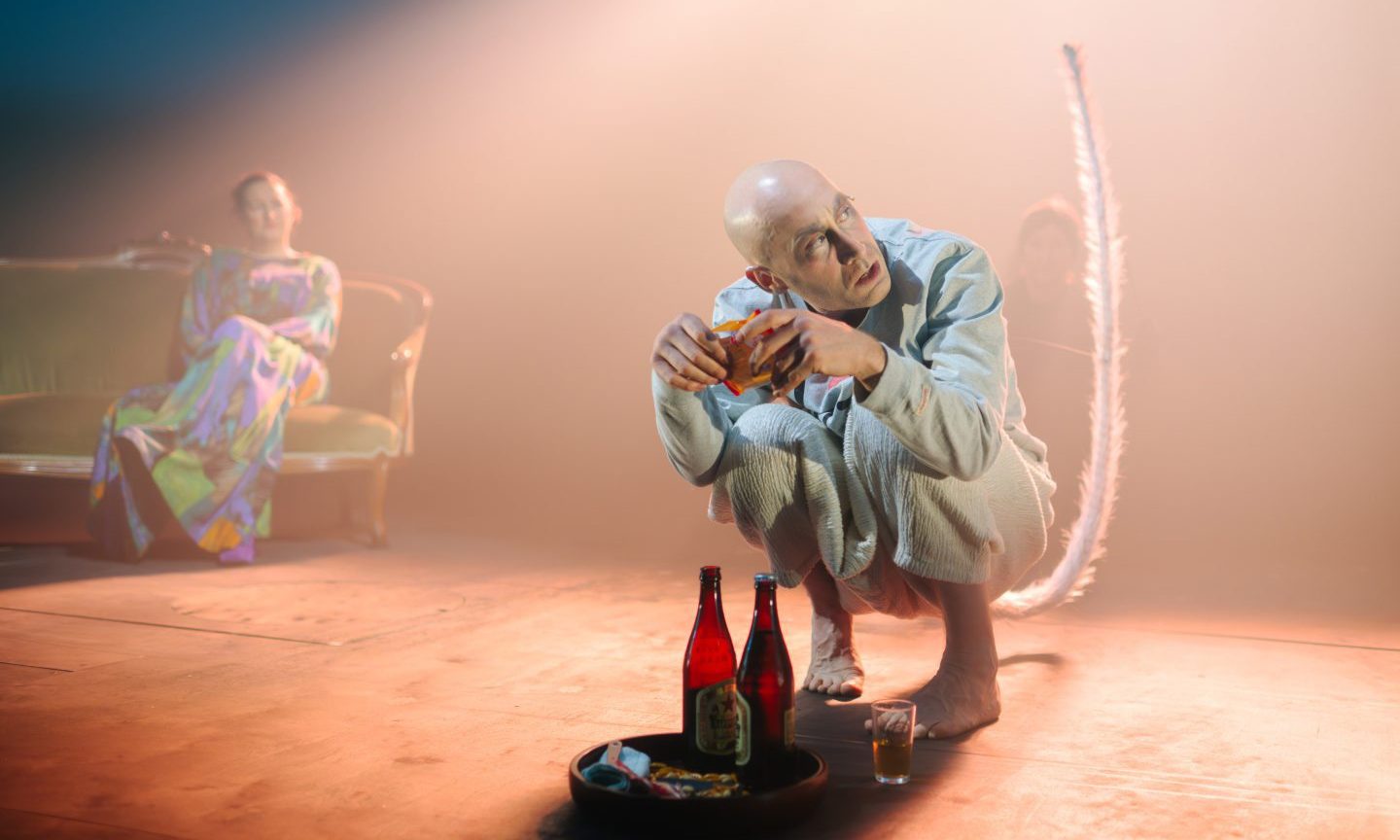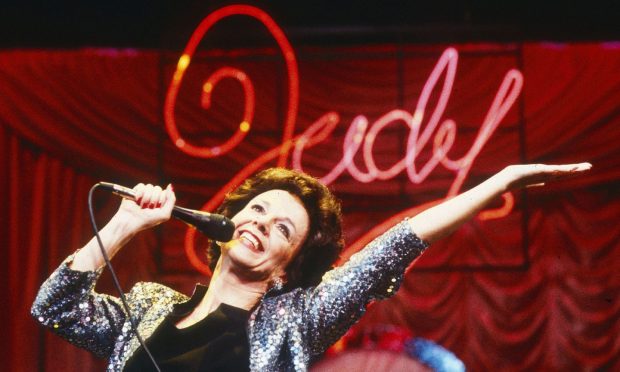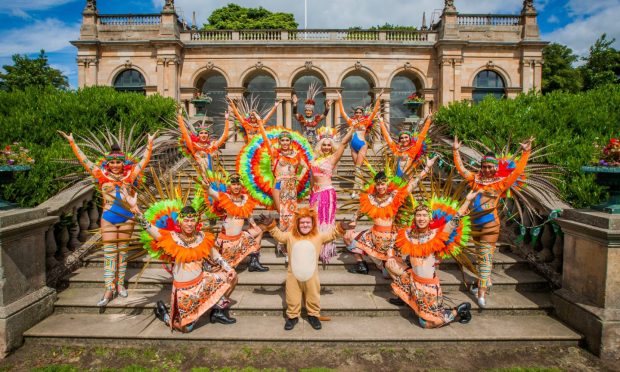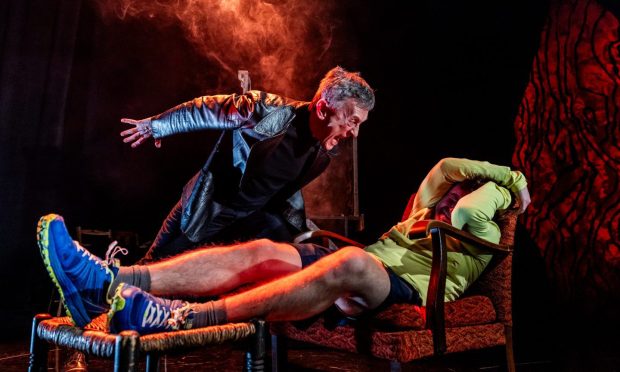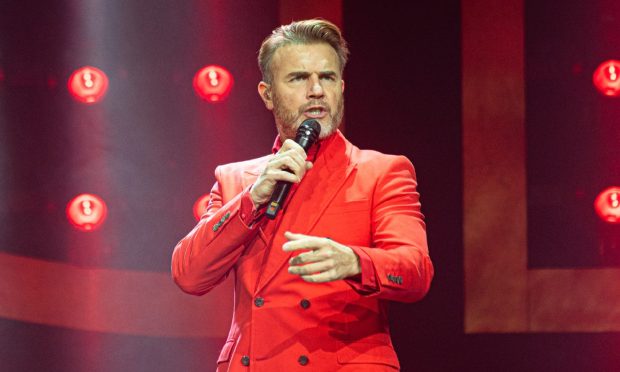Award-winning playwright Roy Williams OBE was only 13-years-old when growing unease between the police and the inhabitants of Lambeth sparked the Brixton riots.
The series of clashes between mainly black youths and the Metropolitan Police in Brixton, London, between April 10 and 12, 1981, resulted from racist discrimination against the black community by the mainly-white police, especially the police’s increased use of stop and search in the area.
Despite his tender years, Roy, who was born and brought up in Notting Hill, remembers being fully aware of the racial tensions and underlying socio-economic problems.
“Relationships between black youths and the police were pretty awful,” he recalls.
“My older brother and his friends lost count of how many times they were stopped and searched.
“They were made to feel they don’t belong here even though they were born here.”
Rising tide
Despite being younger, Roy “understood” black youths and where the rising tide of anger amongst that generation was coming from.
The son of Jamaican-born parents who came to Britain as part of the Windrush generation, he recalls people thinking: “Hang on you treated our parents like sh*t because they came over here – but we were born here! You definitely don’t have the right to treat us like that!”
Roy was shocked but not surprised by what was happening.
Looking back now, however, he’s in no doubt that growing up as a “person of colour” in the UK has helped fashion who he, and thousands of others like him, have become.
The issues are central to his new play History, which portrays Black Britain over the last 40 years.
It’s being premiered by Pitlochry Festival Theatre and the Royal Lyceum Edinburgh on the new audio digital initiative Sound Stage from the September 24 to 26.
Told through a series of monologues and duologues, History, tells the story of a country still reeling from the events of the Brixton riots in 1981, 9/11, Black Lives Matter, Brexit and Covid, as seen as through the eyes of an extended black British family living in London.
Approached
He explained that the play came about after he was approached by Pitlochry Festival Theatre’s artistic director Elizabeth Newman.
The idea for History had been “brewing” in his mind for a few years.
Being able to relate to an extended, now multi-generational, black family in Britain and how his generation were the “children of the Windrush generation”, he wanted to explore how events had impacted people of colour over the years and how that had made many question how “British” they actually were.
“I thought ‘there’s a story there, there’s a play there’.
“That’s why I chose an extended family – a family who don’t quite realise they are one.
“I hoped each scene would stand on its own two feet, but if you listen carefully, you realise they are all linked and each character in each section often refers to characters in previous scenes or who will be brought in in the next scene.”
Influenced
Roy is in no doubt that his skin colour has “100% influenced” him as a person and what he’s chosen to write about as a playwright.
“My experience of growing up as a black man in this country is pretty significant and I’m not ashamed of it. I refuse to apologise for that,” he says.
He acknowledges that there’s not a “universal truth” and that others will have had different experiences to him. However, he also tries to embrace those differences in his work.
“My parents, who’ve both passed away, were both from Jamaica,” he says.
“They came here as part of Windrush. It was very common for the father to come to this country first, get a job and house and then they would send for their wives and children.
“As well as having children in Jamaica they had children here.”
Extended family
Joe, whose own extended family includes his siblings and nieces and nephews, says much of History is about the past.
However, it’s also about the present and the future. After all, we are living and breathing history every day, and during these momentous times, where change seems to be everywhere, issues like racism remain as topical as ever.
Having written for radio previously, Roy was unfazed by writing for the new audio-digital platform Sound Stage.
Whether writing for film, TV or theatre, he always starts with a blank page.
Roy’s previous plays include Death of England and Death of England: Delroy (both co-written with Clint Dyer); Sucker Punch, The Firm, Soul: The untold story of Marvin Gaye, Days of Significance, Angel House, Fallout, Sing Yer Heart out for the Lads, Clubland, The Gift, Starstruck and The No-Boys Cricket Club.
*History, Sound Stage, September 24-26, pitlochryfestivaltheatre.com

